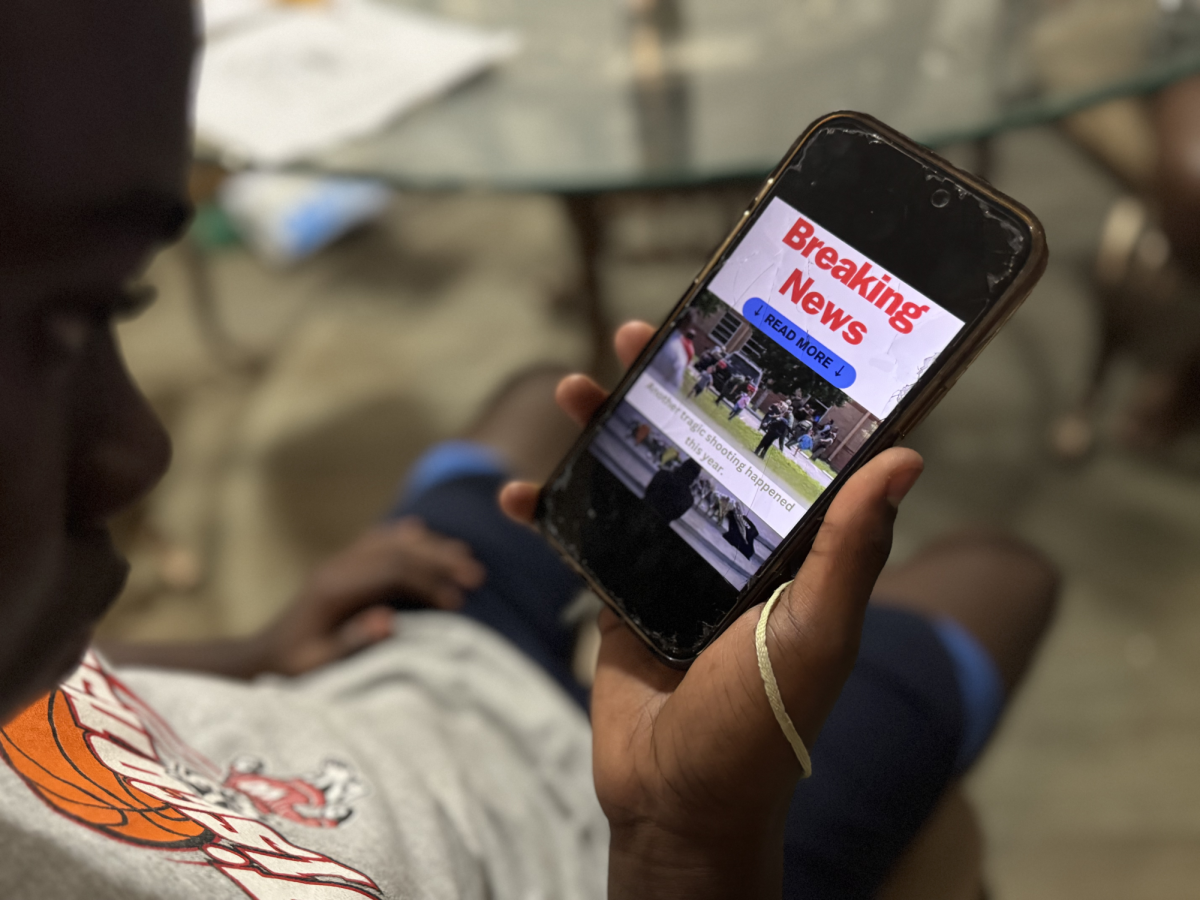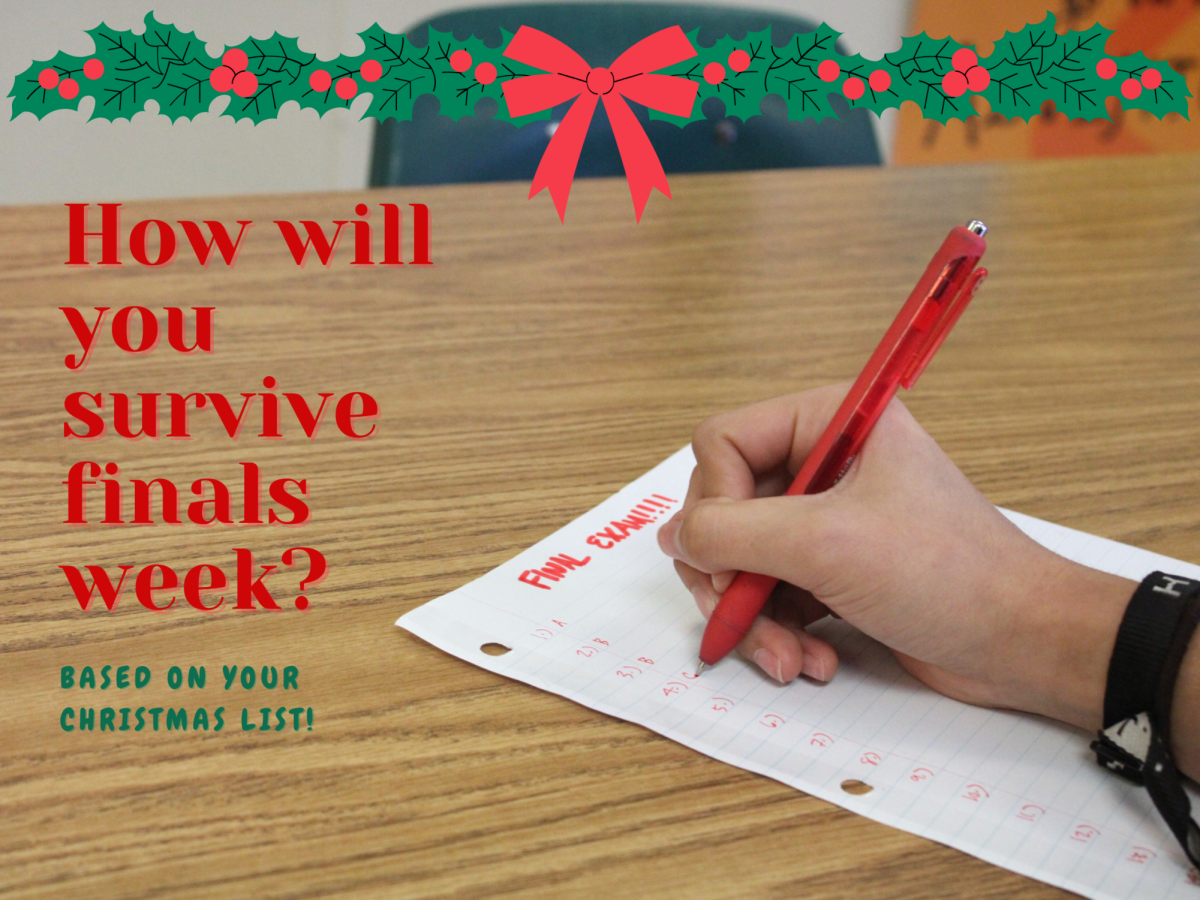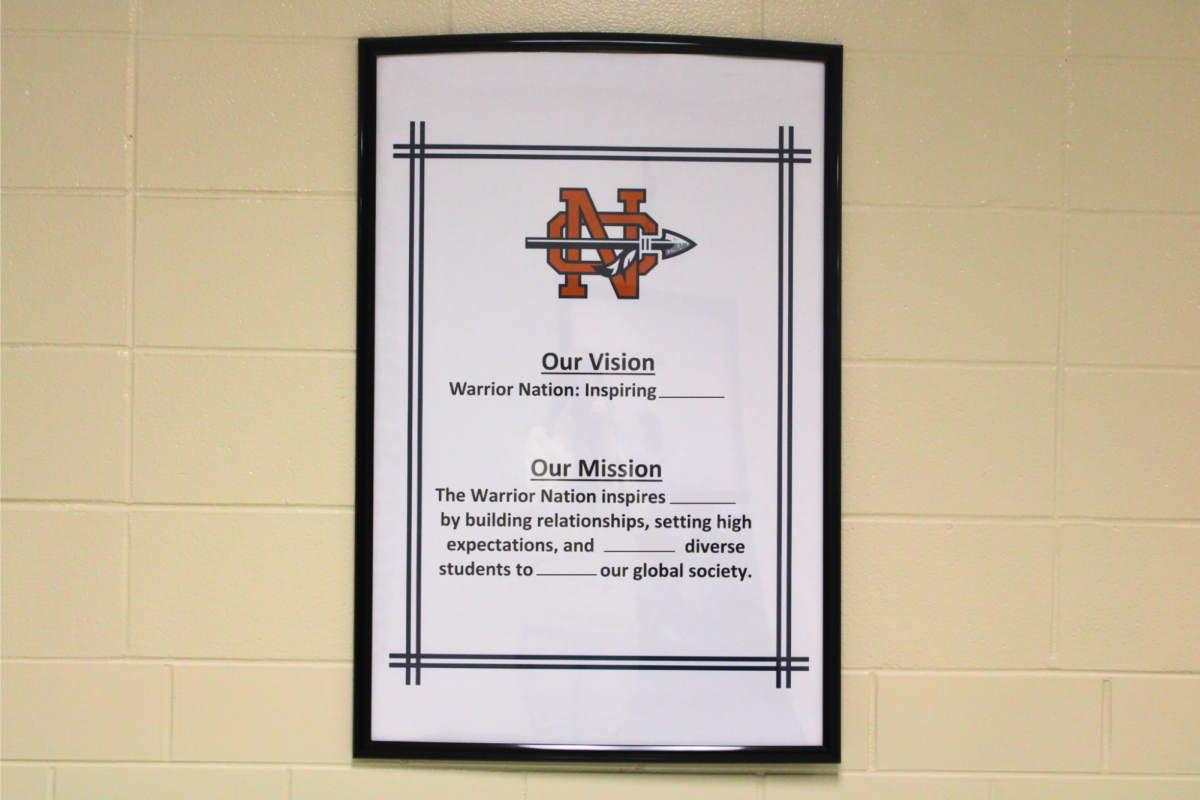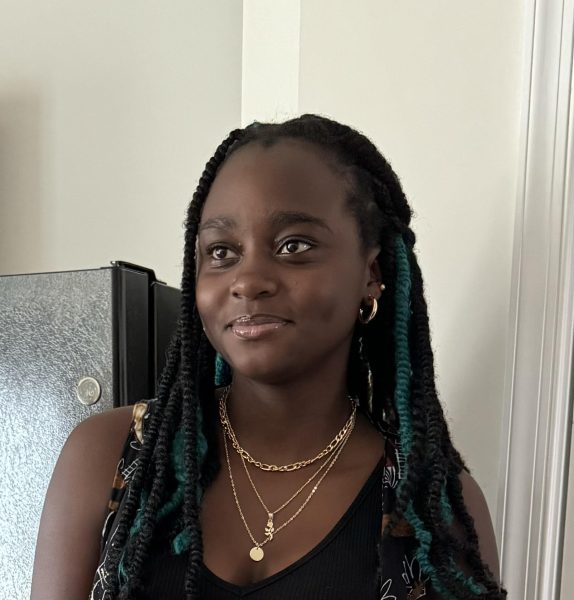Wednesday, September 4, a tragic shooting occurred in Winder, Georgia. The suspect, a student at Apalachee High School, took four lives and injured nine others. The Georgia community supports the families impacted, hoping to prevent future shootings from happening again. Sadly, school shootings continue to occur across the U.S. and there remains no change in schools’ safety precautions. A significant impact remains on the victims and families associated with the school’s community following the events.
After the shooting, insensitive students joked and posted threats against other Georgia schools. The shooting worried a multitude of parents who kept their kids at home, in fear of another local shooting at their child’s school. Terrified students desire to see a change in schools’ security, pushing for fiercer defense measures in the learning environment. Based on recent school shooting incidents, a student typically causes the violence. Without an effective system to lock down the school, the danger remains since the shooter could potentially lie within the institute.
“After hearing about the Apalachee shooting, I felt very unsafe to come to school. I feel like now no one can feel safe in school anymore because of how often shootings happen. And Apalachee, since it’s only an hour away, it happened so close to us, it was really scary. I don’t believe schools have enough security, for example, I only see two police officers around this big campus and I don’t think that’s enough,” sophomore Morgan Lackey said.
Even though the incident caused immense pain for locals, people outside of the Georgia public did not treat the event seriously. Administrators have felt a need to help schools work out how to efficiently secure schools but they still do not obtain a solution. Executives remain out of power to stop shootings, especially when citizens continue to handle guns, possibly endangering a school. As the country finds shootings terrifying, people seem used to the tragic news, almost immune to its psychological effects.
The well-known effects of shootings include the immediate physical consequences, such as injuries or fatalities sustained by the victims. Students and teachers face other major mental and educational effects due to the trauma including depression and anxiety. Exposure to such trauma at an early age triggers disastrous changes in neurological and physiological growth. The neurological effects show that after a student’s brain experiences a toxic stressor, they become extremely paranoid.
“Sending my kids to school every day is very scary, especially after finding out the new drill came into position when my oldest was only in kindergarten. It put honest to God fear in my heart. I believe if schools start locking all doors, primarily the front doors, extra security and [add] possible metal detectors, fewer shootings would happen. It’s even scarier because shootings can happen at any school, but as well as everyday places like the movie or grocery stores,” NC parent Paris Ford said.
Following the Apalachee High School shooting, a multitude of people continue to grieve the tragedy. Schools in the Georgia community even decided to commemorate the loss by doing a statewide walkout to protest the persistent gun violence. Like other disasters caused by gun violence, the events at Apalachee left a terrible and irreversible imprint on the school’s community. The incident instilled fear in parents and students and left them worrying about what may happen the next time they attend school. Despite the tragedy of Apalachee High School, the incident showed insight into what schools can collectively do to prevent further affliction. Overall, the shooting served as a reminder of the different consequences such events can have on local communities.










